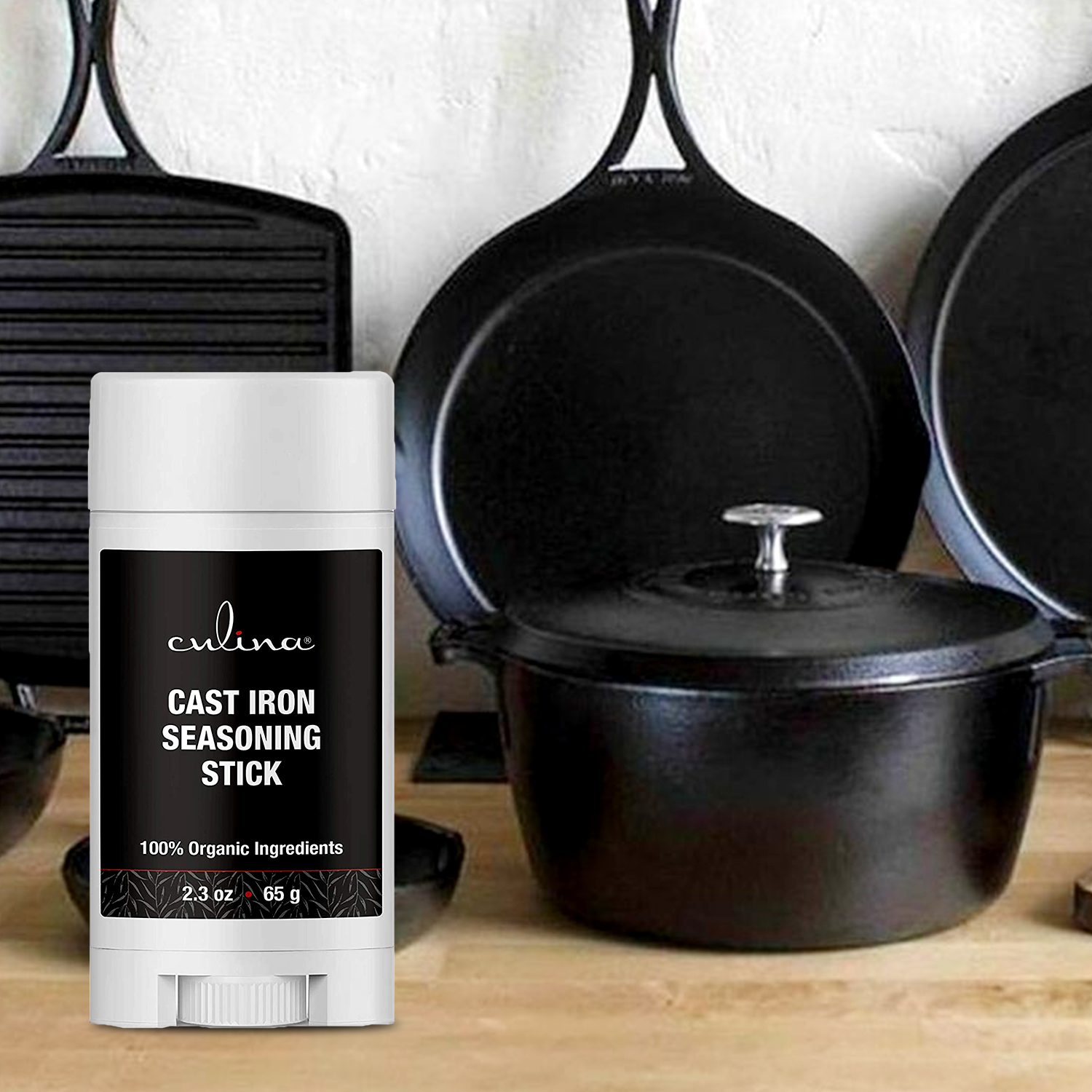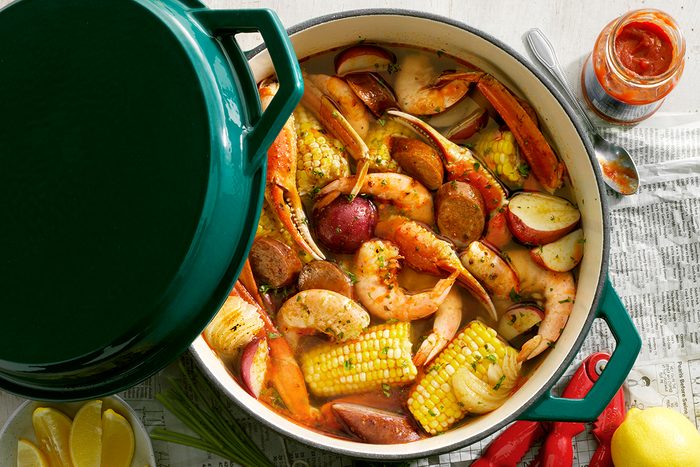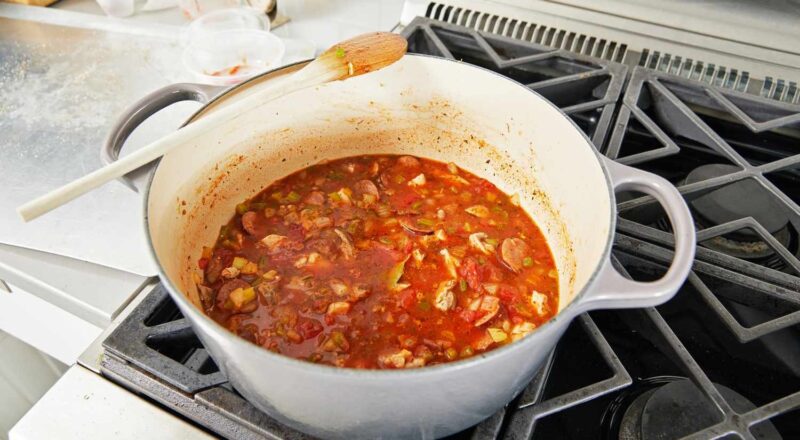A Dutch oven stands out as a classic and essential piece of cooking equipment that has been cherished by culinary enthusiasts. But what exactly is a Dutch oven, and how does it tie into Deadpool, the iconic Marvel character? Let’s dive deep into the world of Dutch ovens, their historical significance, practical uses, and connection to pop culture, including our beloved Merc with a Mouth.

1. What Is a Dutch Oven? An Introduction
A Dutch oven is a versatile cooking pot known for its thick walls and tight-fitting lid. Made primarily of cast iron and sometimes coated with enamel, it has the magical ability to retain heat exceptionally well, making it perfect for a wide range of cooking techniques, from baking bread to making stews.
How is a Dutch Oven Different from a Pot?

2. Historical Background of Dutch Ovens
2.1 The Origins
The Dutch oven traces its roots back to the Netherlands in the 17th century. Dutch craftsmen perfected the sand-casting method, resulting in durable and high-quality pots that became highly sought after.
2.2 Evolution Over Time
Over the centuries, the Dutch oven evolved, with notable improvements like enamel coatings introduced in the early 1900s. Today, renowned brands like Le Creuset and Lodge dominate the market with their innovative designs and exceptional performance.

3. Characteristics of a High-Quality Dutch Oven
3.1 Material
A high-quality Dutch oven is typically made from cast iron, known for its exceptional heat retention and even distribution. Enamel-coated cast iron Dutch ovens offer the additional benefit of being non-reactive and easier to clean.
3.2 Design
The design of a Dutch oven includes thick walls, a heavy lid with a tight seal, and often, a flat bottom. These features contribute to its remarkable ability to maintain consistent temperatures, making it ideal for slow-cooking and braising.
4. The Versatility of Dutch Ovens
One of the most delightful aspects of a Dutch oven is its versatility. From baking artisan bread with a crisp crust to simmering hearty stews, this cookware can handle it all.
4.1 Baking
A Dutch oven is renowned for its ability to bake bread with a perfect golden crust, thanks to the moist, enclosed environment it creates.
4.2 Braising
The heavy lid and excellent heat retention make the Dutch oven perfect for braising meats and vegetables, resulting in tender, flavorful dishes.
5. Cleaning and Maintaining Your Dutch Oven
Proper care is essential to ensure the longevity of your Dutch oven. Cleaning it with gentle, non-abrasive materials and seasoning the cast iron regularly will keep it in prime condition.
6. Dutch Ovens in Pop Culture
Perhaps the most surprising yet amusing connection of the Dutch oven is its link to Deadpool. In one of the comic strips, Deadpool humorously mentions using a Dutch oven not for cooking, but in a completely unexpected and cheeky context, showcasing the versatility of the term. While this adds a humorous twist, it highlights the cultural penetration of the Dutch oven.
7. Choosing the Right Dutch Oven
When it comes to selecting a Dutch oven, there are a few key factors to consider, including size, material, and brand. Ensuring you choose the right one for your cooking needs will enhance your culinary experience.
7.1 Size of the Dutch Oven
Depending on your cooking style and the number of people you’re cooking for, you may need a smaller or larger Dutch oven. Common sizes range from 4 to 8 quarts.
7.2 Brands and Quality
While there are numerous brands available, some of the most acclaimed ones include Le Creuset, Lodge, and Staub. Investing in a high-quality Dutch oven ensures durability and excellent cooking results.
8. Cooking Techniques and Recipes
8.1 Classic Stews and Soups
The Dutch oven excels at making stews and soups. The even heat distribution ensures that all ingredients cook uniformly, producing rich, flavorful dishes.
8.2 Baking Bread
One of the most popular uses of the Dutch oven in recent times is for baking bread. The pot’s ability to hold in moisture creates steam, resulting in a wonderful, crunchy crust.
9. The Appeal to Professional Chefs
Professional chefs swear by the Dutch oven for its reliability and versatility. Its ability to maintain consistent temperatures is key for executing complex recipes to perfection.
10. Home Cooks Love Them Too
Beyond professional kitchens, the Dutch oven is a beloved tool for home cooks, offering them the ability to produce gourmet-quality meals right in their own kitchens.
11. The Cast Iron Advantage
The cast iron construction of the Dutch oven is one of its most significant advantages. It ensures durability and superior heat retention, making it a kitchen staple for generations.
12. Enamel vs. Bare Cast Iron
While traditional bare cast iron offers incredible heat retention and naturally non-stick properties, enamel-coated Dutch ovens provide ease of cleaning and a non-reactive surface, ideal for acidic dishes.
13. Caring for Your Dutch Oven
13.1 Seasoning Cast Iron
Seasoning your cast iron Dutch oven ensures a non-stick surface and longevity. Regular seasoning with oil and heating helps maintain its prime condition.
13.2 Cleaning Enamel Coating
Cleaning enamel-coated Dutch ovens is relatively straightforward. Avoid abrasive cleaners and opt for gentle scrubbing to preserve the coating.
14. Environmental Benefits
Using a Dutch oven contributes to a sustainable lifestyle. Its durability means it lasts for generations, reducing the need for frequent replacements and minimizing waste.
15. Conclusion
A Dutch oven, with its rich history and versatile functionality, remains a treasured piece of cookware in both professional and home kitchens. Its comedic mention by Deadpool adds a fun twist, highlighting its cultural impact. Whether you’re cooking classic stews, baking bread, or trying new recipes, investing in a high-quality Dutch oven can significantly enhance your cooking experience.
FAQ
1. What distinguishes a Dutch oven from a regular pot?
A Dutch oven’s thick walls and lid provide superior heat retention and even cooking, unlike a regular pot, making it ideal for slow-cooking methods.
2. How should I clean my cast iron Dutch oven?
Cleaning a cast iron Dutch oven involves using gentle, non-abrasive materials and avoiding soap. Seasoning after each use helps maintain its condition.
3. Are enamel-coated Dutch ovens better than bare cast iron?
Both have their benefits. Enamel-coated Dutch ovens are easier to clean and non-reactive, while bare cast iron offers superior heat retention and develops a natural non-stick surface over time.
As an Amazon Associate, I earn from qualifying purchases.

